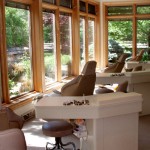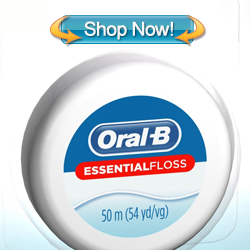 Today, adults are becoming increasingly aware of the benefits that cosmetic dental treatments offer. Age is no longer a factoring concern because there’s ample age-appropriate treatment options in the market. In this modern world, the upfront investment for adult bethlem-orthodontics.com installation is quite reasonable. In fact, the price that a specialist charge depends on several variables, including technology, fittings, etc.
Today, adults are becoming increasingly aware of the benefits that cosmetic dental treatments offer. Age is no longer a factoring concern because there’s ample age-appropriate treatment options in the market. In this modern world, the upfront investment for adult bethlem-orthodontics.com installation is quite reasonable. In fact, the price that a specialist charge depends on several variables, including technology, fittings, etc.
Orthodontic instruments for adults now offer modern, lightweight designs. These versions of the technology, extend to patients, the luxury of aesthetic features, without sacrificing efficiency. Besides a facial makeover, orthodontic dental treatments offer an extra layer of protection to the teeth as it improves on aspects of alignment. What is more, it helps to preserve the mouth’s atmospheric, biological agents. Improper jaw line and teeth positioning are the common parts of the mouth that receive Bethlehem Orthodontics treatment. How a dental surgeon decides on correcting the deformity, depends on a series of characteristics. A vast percentage of adults today, delay or ignore the needing to undergo dental surgery to treat oral health issues early. Many of them share heart-felt testimonies of not having the finance to cover such procedures. Fortunately, modern-day solutions now offer abundant opportunities.
Insurance coverage for adult bethlem-orthodontics.com dental care is a popular way to cover the bill. When the mouth and teeth receive the proper care, a patient is at a lower risk of developing oral health problems. In fact, Bethlehem Orthodontics extends the life of the teeth, improve oral hygiene and facial appearance. Consequently, poor oral health is a factoring element of low self-esteem in adults, especially women. As the adult orthodontic population continues to increase at an alarming rate, Orthodontists are making it their duty to educate patients. This initiative is to establish a self-directed learning process to spread awareness among the grownups.
A visit to the orthodontist is always advisable, even if a patient’s teeth look attractive and properly positioned. Sometimes, what tends to impress the general public is not medically correct. For this reason, patients, especially adults who have never seen the dentist, should make an effort to have their teeth examined properly. Teeth with Open Bite, Cross Bite, Improper Spacing, Crowding, Misplaced Midline, Underbite and Overbite are all concerns that orthodontic treatment can correct. An orthodontist uses specialized tools to examine and recommend the best treatment option for the patient. In fact, their diagnostic testing usually entails a thorough revision of any previous dental/medical health record, X-Rays, Photo session, tooth modeling and a clinical exam. Based on the findings, he or she will recommend a proper orthodontic dental instrument for the teeth.
A Bethlehem Orthodontics specialist usually suggests that a patient receives, either removable instruments, including jaw repositioning appliances, teeth aligning device, detachable retainers, palatal expander device or fixed treatments such as braces, space maintainers and other specialized technology.






